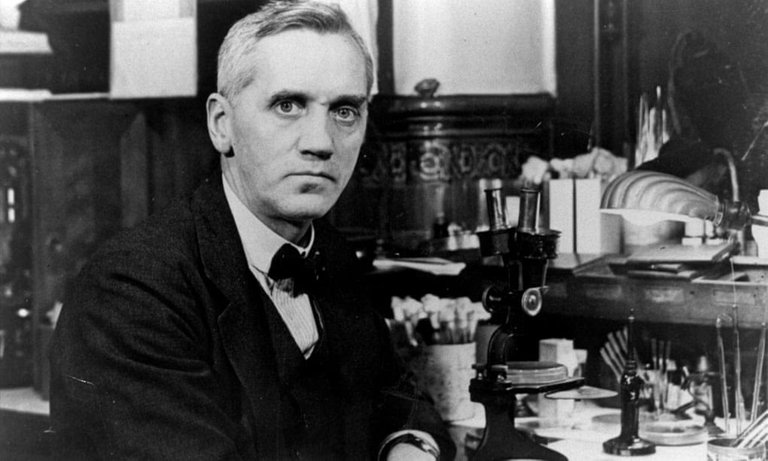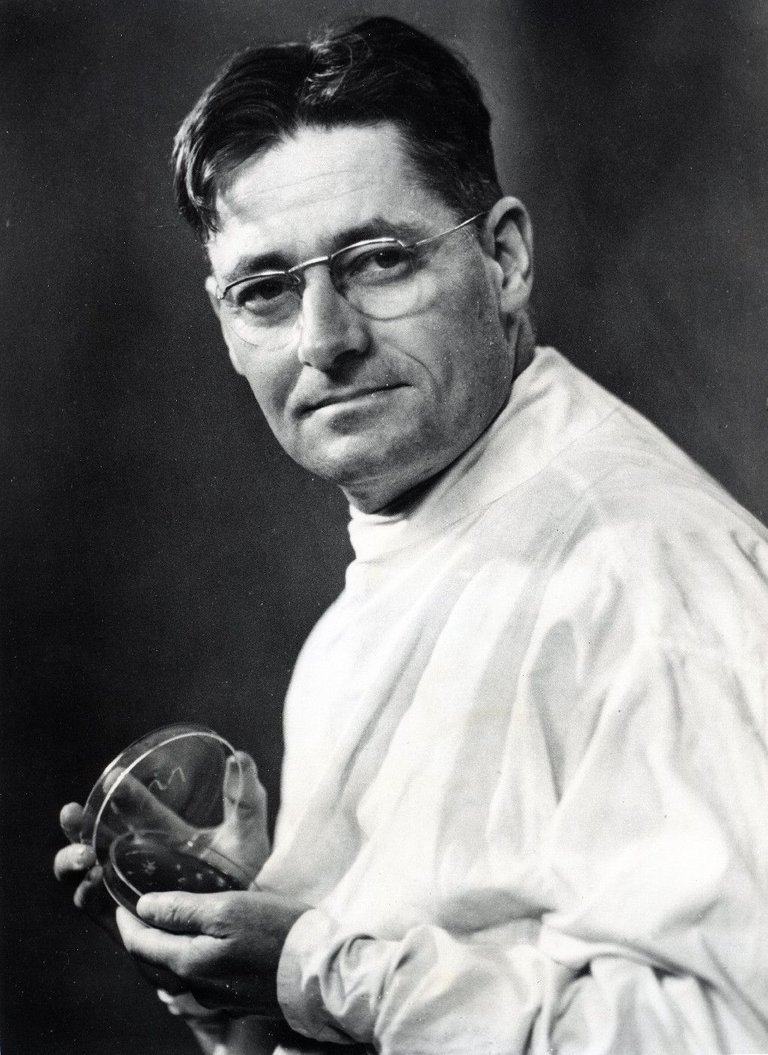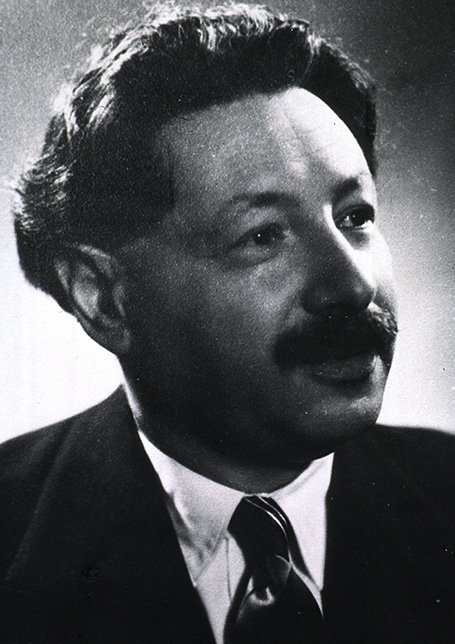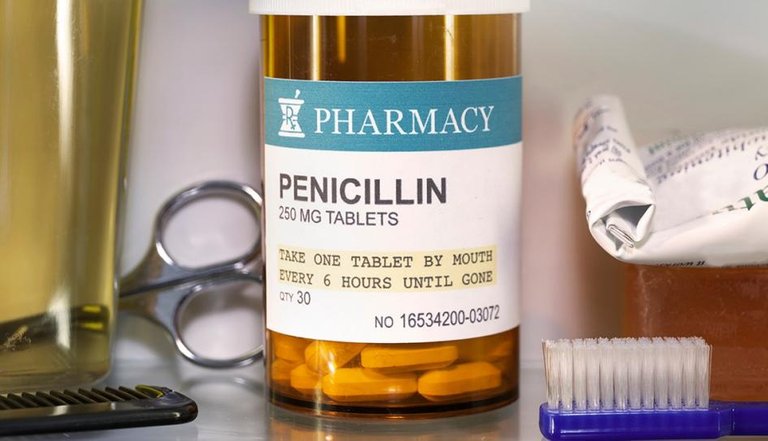Penicillin: A Game-Changer In the Fight Against Pathogenic Infections
During the early years of the twentieth century, the medical community faced a challenge in dealing with pathogenic infections that were rampant and difficult to treat. Bacterial infections were prevalent, and high mortality rates were recorded, especially during World War I. The antiseptics used to treat these infections were either too strong or unsuitable for use, making it hard to manage the spread of these diseases. However, the accidental discovery of penicillin, the first antibiotic drug that mitigated the spread of bacterial infections, changed the odds of the fight against pathogenic infections.

Alexander Fleming, physician who discovered penicillin
The discovery of penicillin was made by chance by a Scottish physician and researcher named Alexander Fleming. While carrying out an experiment on the virulent bacteria, Staphylococcus, he observed that the bacteria culture in a petri dish, which he left uncovered and close to the window, was contaminated by moulds. Upon closer observation, he discovered that the mould had inhibited the spread of the bacteria in an area close to it. He deduced that the substance produced by the mould, which he named penicillin, inhibited the bacteria and not the mould itself. However, Fleming was unable to produce penicillin in large quantities, which made it unavailable for commercial use.

Howard Florey, scientist who helped to make penicillin commercially available

Ersnt Chain, scientist, contributed to making penicillin commercially available
The challenge of producing penicillin in large quantities was overcome by a team of scientists led by Howard Florey and Ernst Chain. After producing a modest amount of the antibiotic, they worked with their colleagues in America to produce penicillin in large quantities. The mass production of penicillin played a vital role in the treatment and survival of injured and infected soldiers during World War II.
The successful production of penicillin in commercial quantities accelerated the treatment of bacterial infections, which were previously untreatable and led to high mortality rates. The medical community was no longer inundated by bacterial infections as they were now equipped with a weapon to fight it. This development made it possible for them to emerge victorious from the seemingly long war. The group of scientists whose work led to the production of penicillin were awarded the Nobel prize for Physiology or Medicine in 1945.
The accidental discovery of penicillin shows that amazing things can be made from the least expected sources. However, it was the keen sense of observation and critical thinking of Alexander Fleming that led to the discovery of penicillin. Similarly, the research of the team of scientists led by Howard Florey made it possible to produce the antibiotic in commercial quantities. These individuals demonstrated that every piece of information is important, and hard work and determination lead to success. They laid the foundation for the successful treatment of pathogenic infections.
Thanks for reading,
See you on the next one guys.
all image source added in photo caption

!PGM !LUV !PIZZA !GIF !WEED !WINE !MEME
Via Tenor
@udezee, @bilpcoinbpc(3/3) sent you LUV. | tools | discord | community | HiveWiki |
HiveWiki |  NFT | <>< daily
NFT | <>< daily
Credit: azazel5799
Earn Crypto for your Memes @ HiveMe.me!
PIZZA Holders sent $PIZZA tips in this post's comments:
@bilpcoinbpc(2/5) tipped @udezee (x1)
Please vote for pizza.witness!